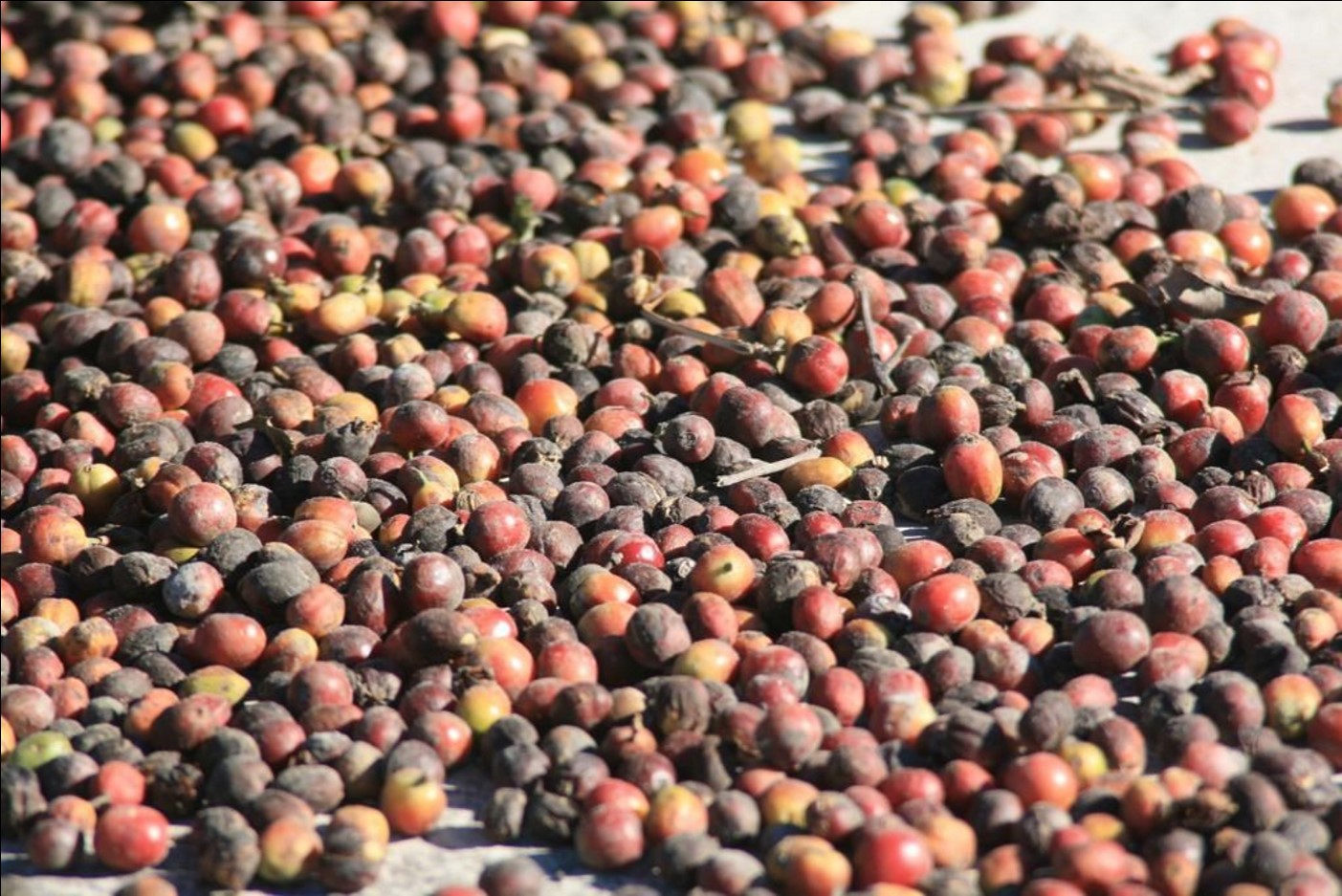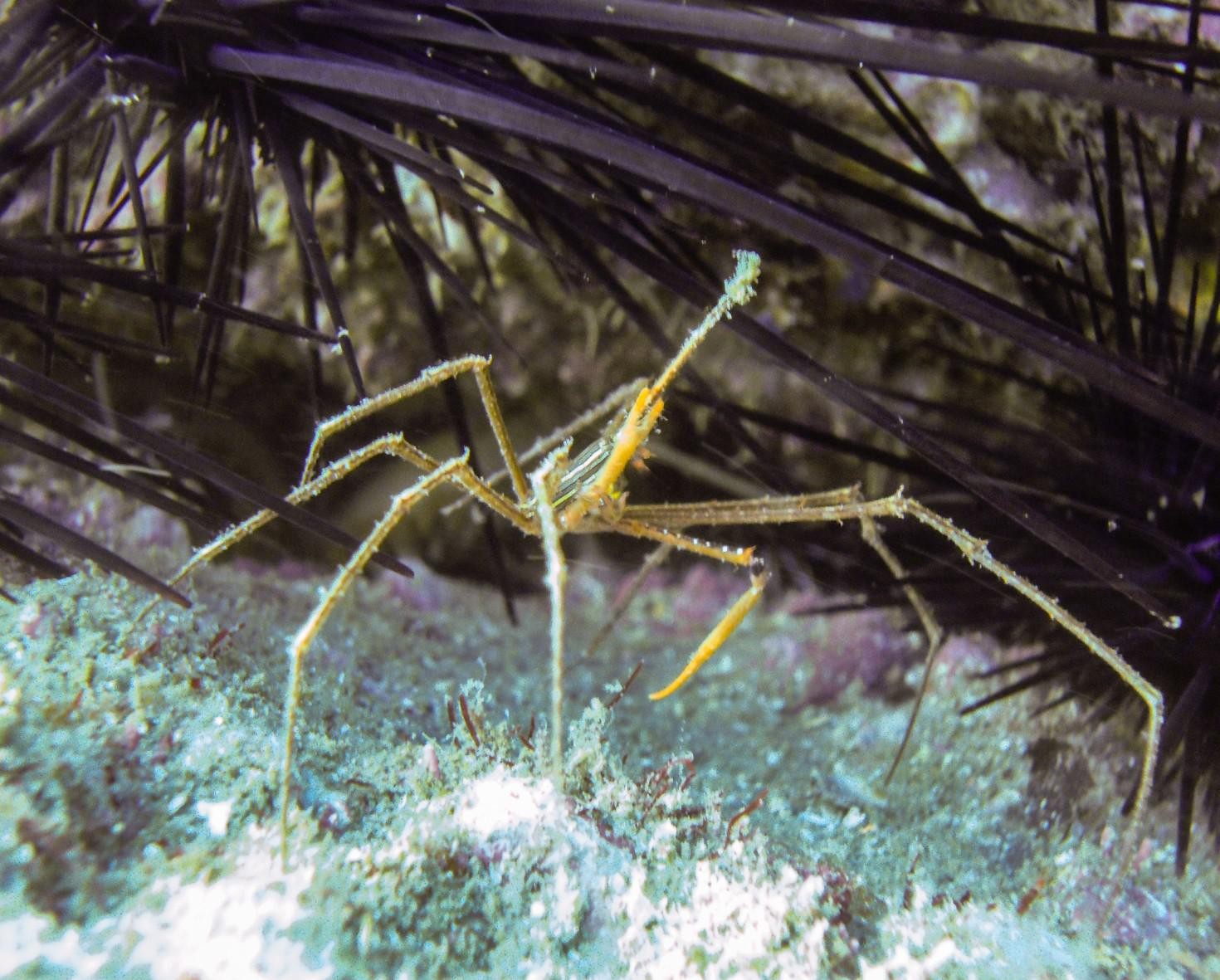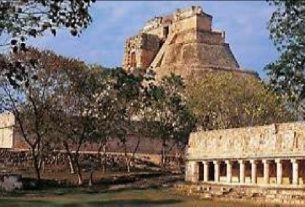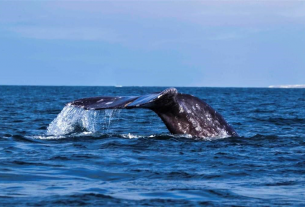By Terry Sovil Writer from the March 2019 Edition
I love my coffee. Two cups every morning, every day, year round. Limited to two cups a day (moderation), I like good coffee. There is plenty to be had right here!
Disagreements still exist, but most point to Ethiopia for the birth of coffee, possibly from a city named Kaffa. It is said that a monastery found that the berries could be eaten and would keep you awake during evening prayers. They made a drink with the berries and it spread quickly.
Coffee came to the USA in the mid-1600s. Coffee houses went up but tea remained the preferred drink until King George III raised the taxes on it. Outrage fueled The Boston Tea Party and quickly made coffee the preferred drink. About 95% of the coffee here is from the Arabica-type beans which was originated in Yemen and Ethiopia.
Colima isn’t noted as a big coffee producer but there are some very good coffees grown here. A large roaster got hold of some Canoas coffee and loved it! He described the taste as “toasted pine, earthy, raisins”. They roasted the beans with their standard process to “show off its timeless taste”. With wines, they use the word “appellation” to describe the area the wine came from.
There is a similar move to do this with coffee as well. We may yet get a good reputation as an appellation. The “producer” is the farm or mill that grows the coffee. The “processing” is the way the coffee bean is removed from the fruit, then dried and stored. This can affect the taste. The “roaster” buys beans,
roasts and sells.
The appellation of Colima (region/state) is home to about 856 coffee farmers. While small in size it is huge in taste. In the past, most all of the produce was sold to roasters in Mexico but, through the use of Integradora (or an Integrator), they are working together through small cooperatives with names such as Yerbabuena, Naranjal, Remudadero and Canoas. One roaster Beans drying in the sun said “As our coffees were at the mill in Colima we got a note – “the community of Canoas would like to send you a sample.” We accepted the sample, loved it, and were able to get a few bags at the last minute.”
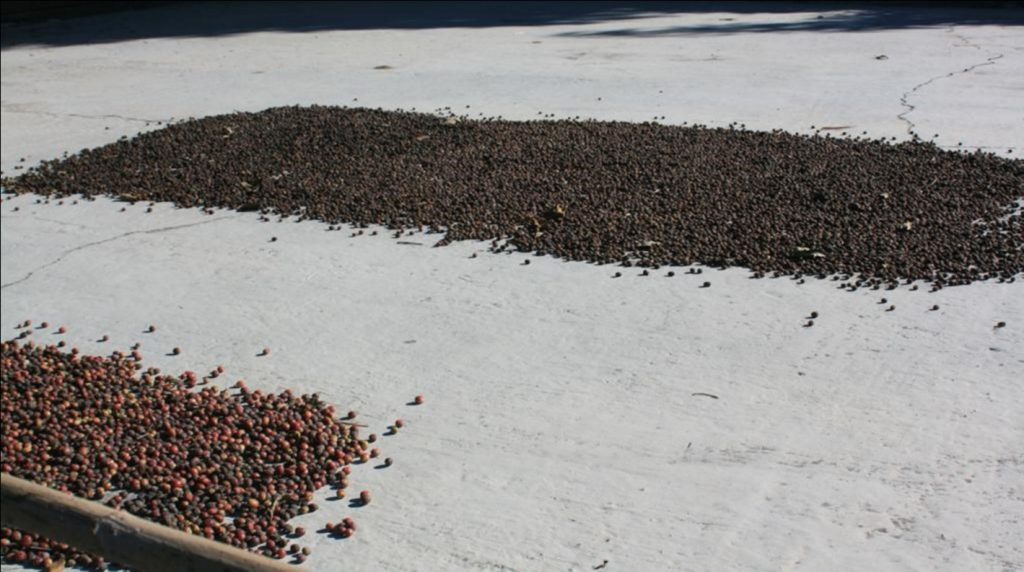
Canoas, Mexico uses wet process (washed) where the beans are dried after all of the fruit has been completely removed. The fruit ferments first making it easy to remove. This is the most common method and produces a consistent profile in flavor.
Mexico Canoas, Colima
In addition to all mentioned above, the town of Canoas is located in the Municipality of Manzanillo, state of Colima, where 363 inhabitants live. Canoas is 534 meters above sea level. In the town there are 194 men and 169 women. It is a lovely place to visit.
Mexico Naranjal, Colima
Just under 150 people live in the town of Naranjal, in Villa de Alvarez, State of Colima. At 1420 meters in altitude, these farmers grow more coffee than oranges.
Mexico Remudadero, Colima
The town of Remudadero has about 80 people. The farmers’ group has 8 members whose farms are within two kilometers of their washing station and drying patios. They also have Facebook pages and that is how they connected with a big roaster in the USA.
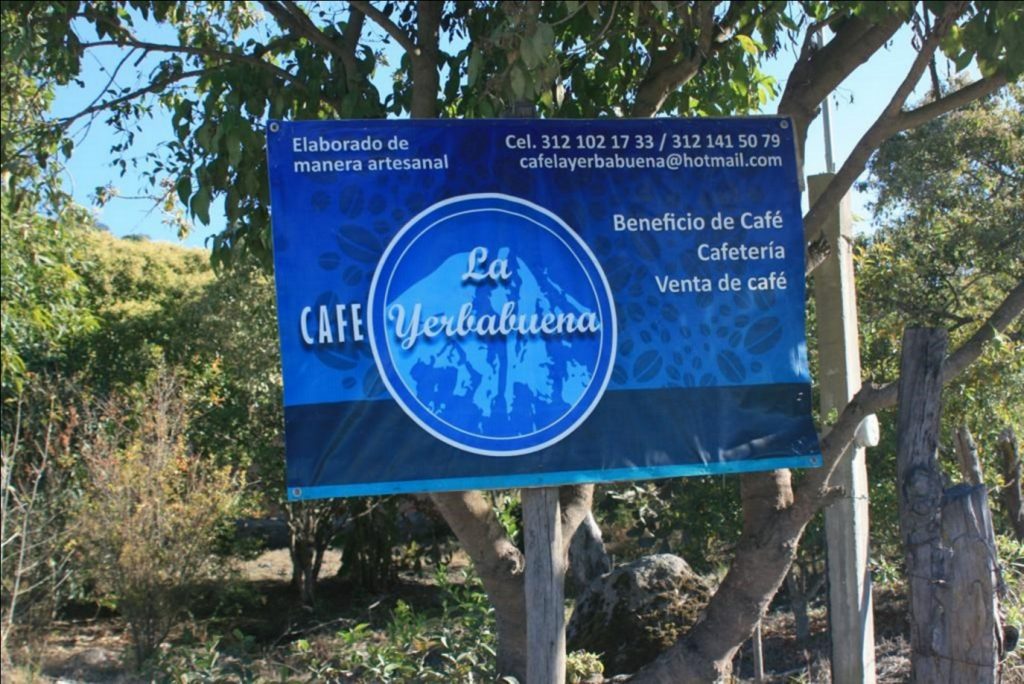
Mexico Yerbabuena, Colima
It is a quick trip from the town of Colima to Yerbabuena. Though the town is empty since the 2015 volcanic eruption, the coffee fields have done well in the settled ash. One family visits their old homes on weekends to care for their coffee.
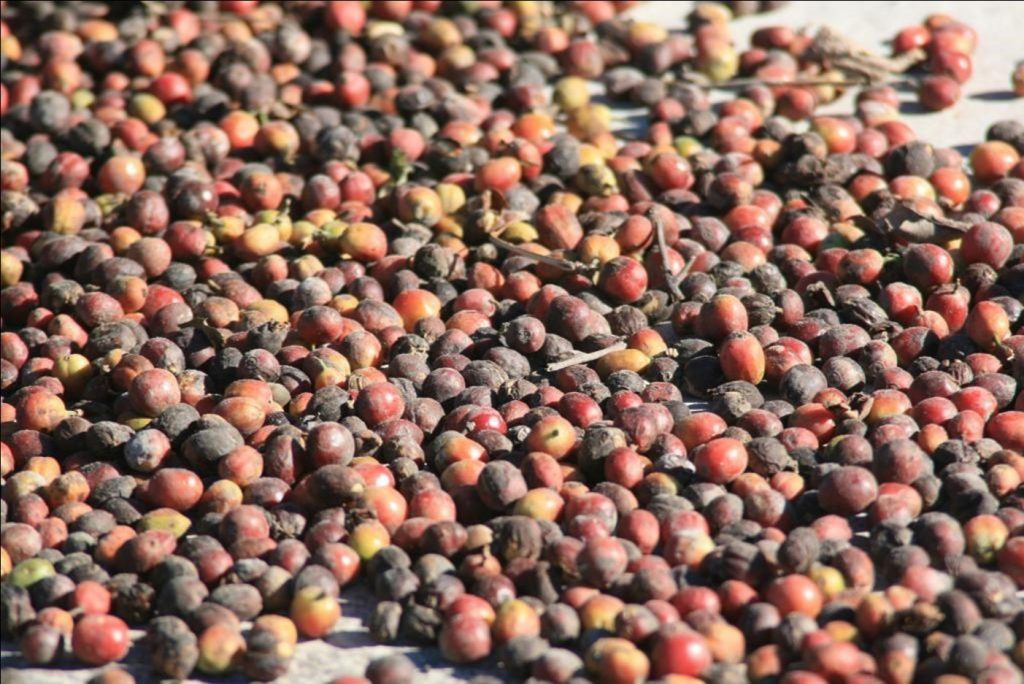
Coffee Appellation Development
Coffee Appellation Development has allowed small cooperatives to put farmers directly in touch with roasters,creating a market for specialty coffees with unique flavors that are sold at a higher price. The prices are less impacted by fluctuations due to the higher quality.
Most coffee is still sold as a commodity where the unique tastes are not recognized. If you are a serious coffee drinker, you will recognize that there is a difference in tastes and flavors. And if the coffee is grown in the same area (appellation), it will have the same distinctive tastes.
If you are interested in visiting a coffee site and getting more information, contact Admire Mexico Tours who run a “Coffee route and Colima Volcano lookout” trip so you can see and experience a close look at a small coffee operation. https://www.admiremexicotours.com
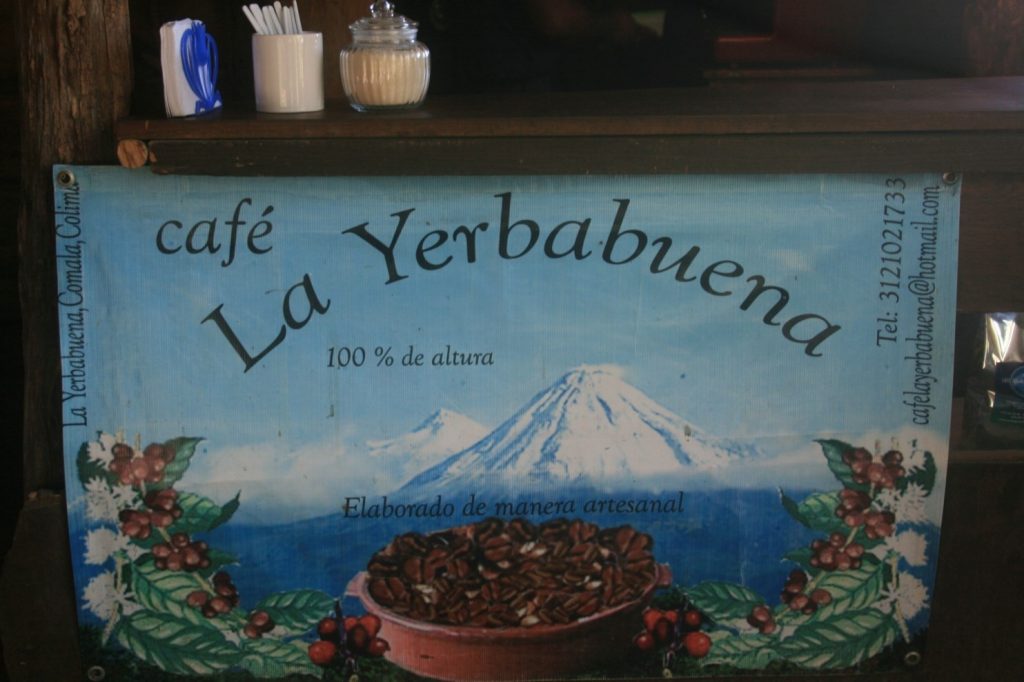
Ways to make coffee
Pour Over/Drip:Drip method using a coffee cone and paper filter. Hot water is poured evenly over coffee grounds in a paper filter. With gravity, the brewed coffee drips slowly and directly into a cup or pot…my personal choice over the last 15 years.
Pour Over/Drip Chemex
It uses a special Chemex paper filter that is 20-30% heavier than other filters. Similar to the coffee cone and the process above.
French Press
A Plunger/Press method. Widely considered the best method because it extracts more flavor. In the pot, ground coffee is soaked, steeped and strained in hot water then the press is pushed down.
AeroPress
A Plunger/Press method launched in 2005. Comes in 3 parts. Filter sits in a coffee basket at the bottom. Coffee grounds are in the brew chamber where hot water added to them immerses and steeps the coffee. The plunger is pressed down to create air pressure to force brewed coffee through the filter and up into the cup.
Percolate
Stovetop Moka Pot. Hot water is added to the lower section along with the coffee grounds in the mid-chamber, then the top section is screwed on. Steam forces the hot water through the filter and the grounds up into the top chamber. The best design is one that would sit on a stove to help with the steam.
The full edition or view it online
—
Terry is a founding partner and scuba instructor for Aquatic Sports and Adventures (Deportes y Aventuras Acuáticas) in Manzanillo. A PADI (Professional Association of Dive Instructors) Master Instructor in his 36th year as a PADI Professional. He also holds 15 Specialty Instructor Course ratings. Terry held a US Coast Guard 50-Ton Masters (Captain’s) License. In his past corporate life, he worked in computers from 1973 to 2005 from a computer operator to a project manager for companies including GE Capital Fleet Services and Target. From 2005 to 2008, he developed and oversaw delivery of training to Target’s Loss Prevention (Asset Protection) employees on the West Coast, USA. He led a network of 80+ instructors, evaluated training, performed needs assessments and gathered feedback on the delivery of training, conducted training in Crisis Leadership and Non-Violent Crisis Intervention to Target executives. Independently, he has taught hundreds of hours of skills-based training in American Red Cross CPR, First Aid, SCUBA and sailing and managed a staff of Project Managers at LogicBay in the production of multi-media training and web sites in a fast-paced environment of artists, instructional designers, writers and developers, creating a variety of interactive training and support products for Fortune 1000 companies.
